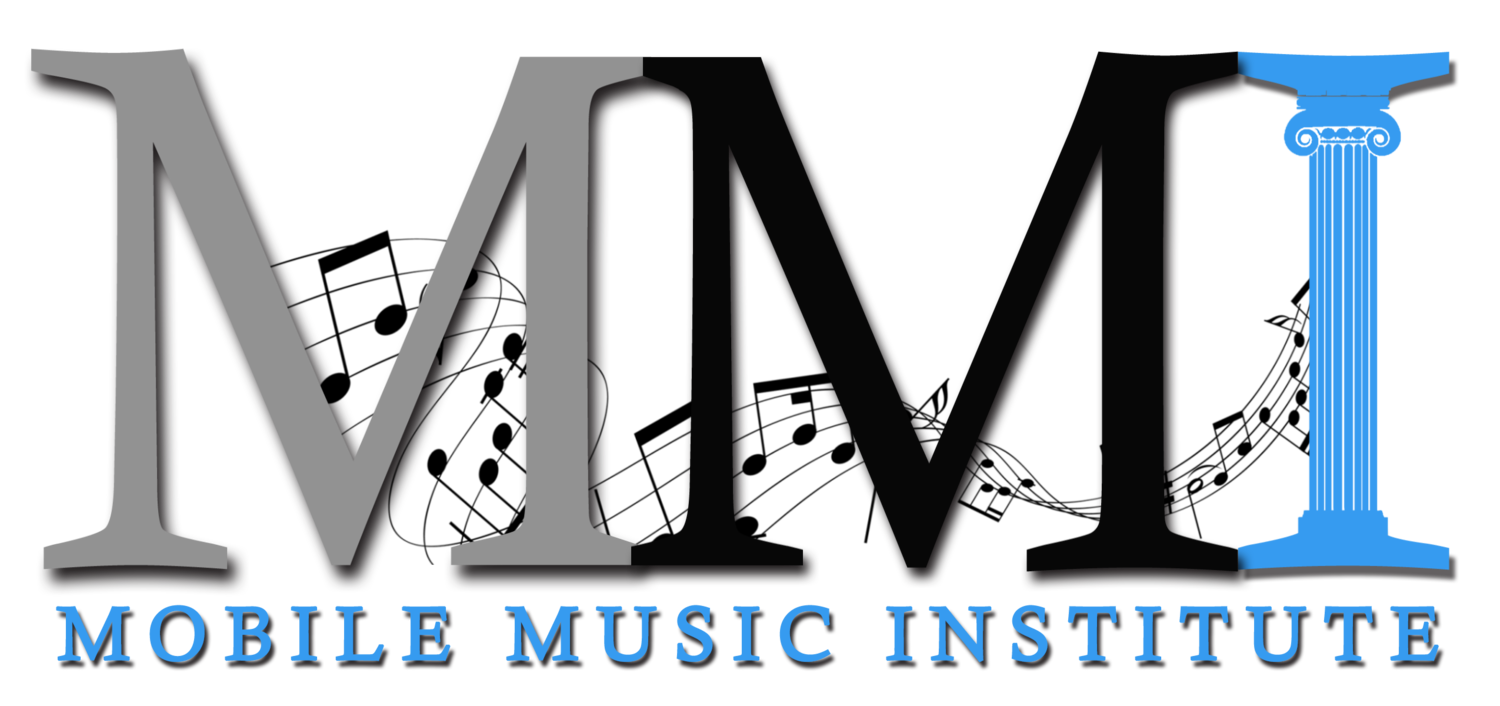In today’s class, we discussed songwriting and song structure. After looking into different genres, Student’s had a chance to pitch their own musical ideas and collectively came to a decision to move forward with one R&B song and a hip hip song.
Our singer, @jada_singz came in hot with a great melody in which we arranged some chords to fit. After passing through the verse a couple times we moved into the the recording studio where @squeedabeats broke down the tracks in one of his songs.
Parts of a Song
Intro
This is self-explanatory — the intro is the introduction to the song. And it’s one of the most important parts.
About 35% of listeners will skip a song within the first 30 seconds and nearly half of listeners skip a song before it’s over. That’s why your intro has to grab the listener’s ear and hold onto it.
Think of the intro as a first impression — a handshake and a hello. First impressions can stick for a long time and make or break a relationship.
Verse
Verses give the listener an idea of what the song is about. The lyrics should support the main idea (chorus) while also moving the song forward. This is where the bulk of your story telling takes place. The verse is your time to dip deep, get creative, and be smart with the words and melody that you chose.
Pre-Chorus
The pre-chorus (aka the lift) is kind of like a “get ready for it!” before the chorus. It can help build anticipation, either by increasing the volume or rhythm or by pulling back and creating tension with silence. It, like the chorus, may repeat the same melody or lyrics, often ending with an unresolved melody.
Chorus
The chorus should convey the main idea of the song with the most memorable melody of the song. It usually repeats itself melodically, musically, and/or lyrically — this method is sometimes called the hook, which some people use synonymously with chorus.
The chorus is what the listener is waiting for — it should be the best part of the song. If you don’t get the listener by the chorus, then you don’t get the listener at all.
Bridge
A bridge helps break up the repetitiveness of a song and add an element of surprise. It should present a new angle to the main idea. It’s kind of like a rogue verse with different chords, rhythm, and melody. Depending on your song, this is where some sort of resolution occurs in your story.
Break
A break is usually an instrumental break that allows for some breathing room. It can also help build anticipation and transition to a completely new part of the song or into another song.
Outro
Like the intro, an outro is self-explanatory — it’s the end of the song. It closes the song out, whether it’s with an instrumental part, a tag, or a brand new part.


